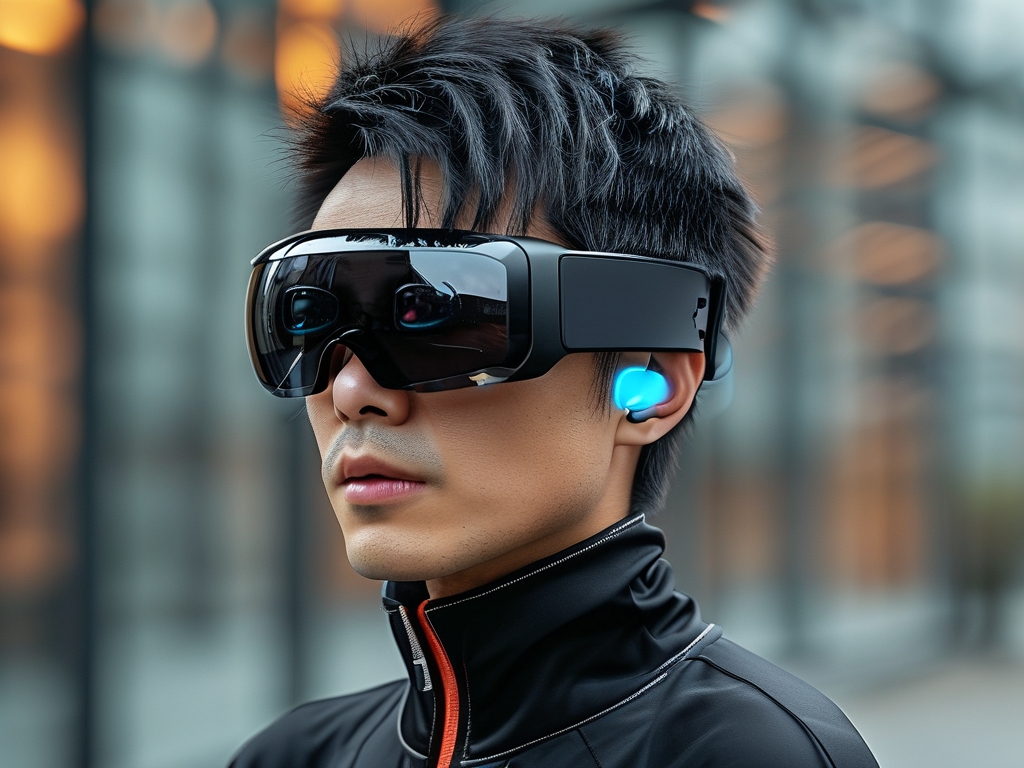The rapid evolution of wearable technology has transformed how humans interact with devices, and Huawei has emerged as a global leader in this domain. By integrating advanced embedded systems into its wearable products, Huawei has redefined user experiences in health monitoring, connectivity, and AI-driven personalization. This article explores the technical foundations, challenges, and breakthroughs in Huawei's wearable embedded development, highlighting its impact on the smart device ecosystem.

The Core of Huawei's Wearable Embedded Systems
Huawei's wearable devices, such as the Watch GT series and Band models, rely on highly optimized embedded systems to balance performance, power efficiency, and miniaturization. At the heart of these systems are custom-designed chips like the Kirin A1, a low-power processor tailored for wearables. This chip integrates Bluetooth, GPS, and sensor hubs into a single module, reducing energy consumption by 30% compared to previous generations.
Embedded software plays an equally critical role. Huawei's LiteOS, a lightweight real-time operating system, is engineered specifically for IoT and wearable devices. With a kernel size of less than 10KB, it supports rapid task scheduling and seamless integration with sensors, ensuring real-time data processing for features like heart rate monitoring and sleep analysis.
Key Technical Challenges and Solutions
- Power Efficiency: Wearables demand ultra-low power consumption to sustain multi-day battery life. Huawei addresses this through dynamic voltage scaling and adaptive sensor polling. For instance, the optical heart rate sensor activates only during predefined intervals or when motion is detected, minimizing idle power drain.
- Thermal Management: Compact designs limit airflow, risking overheating. Huawei employs graphite-based thermal films and AI algorithms to predict thermal buildup, adjusting CPU frequencies proactively.
- Sensor Fusion: Accurate health tracking requires synthesizing data from accelerometers, gyroscopes, and PPG sensors. Huawei's proprietary algorithms filter noise and cross-validate inputs, achieving 95% accuracy in step counting and SpO2 measurements.
Development Tools and Ecosystem Integration
To streamline embedded development, Huawei offers DevEco Studio, an IDE supporting cross-platform debugging and power profiling. Developers can simulate wearable environments, test power consumption scenarios, and optimize code for LiteOS. Additionally, Huawei's open-source SDKs enable third-party app integration, fostering a thriving ecosystem.
For example, the Health Kit API allows fitness apps to access raw sensor data while complying with strict privacy protocols. This openness has attracted partnerships with medical institutions for advanced features like arrhythmia detection, certified by regulatory bodies in Europe and Asia.
Case Study: Huawei Watch GT 4's Breakthroughs
The latest Huawei Watch GT 4 exemplifies the company's embedded engineering prowess. Its TruSeen 5.5+ health monitoring system combines an 8-channel PPG sensor with AI-driven signal processing, enabling hospital-grade ECG analysis. The watch also introduces a "Dual-Engine" architecture, segregating high-performance tasks (e.g., GPS navigation) from background processes (e.g., step counting) to extend battery life to 14 days.
Moreover, the GT 4 leverages Huawei's HarmonyOS Connect framework, allowing it to interoperate with smart home devices. A user can control lights or adjust thermostat settings directly from their wrist, showcasing the potential of embedded systems in unified IoT ecosystems.
Future Directions in Wearable Embedded Tech
Huawei's R&D roadmap reveals ambitious plans:
- AI-Enhanced Edge Computing: Future wearables will process complex workloads (e.g., voice recognition) locally, reducing cloud dependency. Huawei's Ascend TinyML framework aims to deploy lightweight neural networks on wearable chips.
- Advanced Biometric Sensing: Research is underway on non-invasive glucose monitoring and blood pressure estimation using hybrid sensor arrays.
- Sustainable Design: Huawei is exploring biodegradable materials and solar-powered charging to reduce environmental impact.
Huawei's innovations in wearable embedded development underscore its commitment to merging cutting-edge hardware with intelligent software. By overcoming technical barriers in miniaturization, energy efficiency, and sensor accuracy, the company continues to set industry benchmarks. As wearables evolve into indispensable health and lifestyle companions, Huawei's embedded systems will remain pivotal in shaping a smarter, more connected world.









